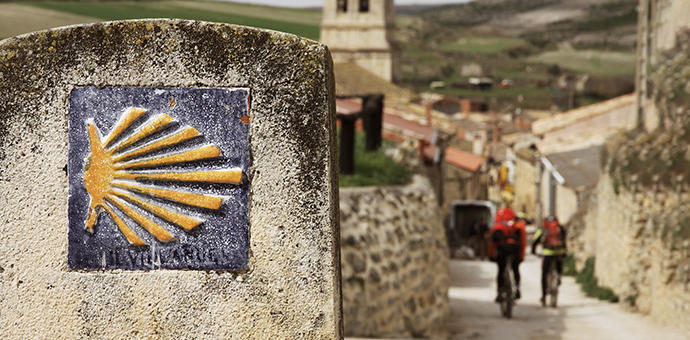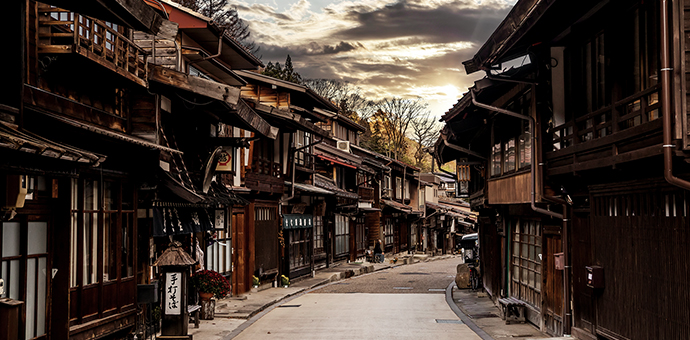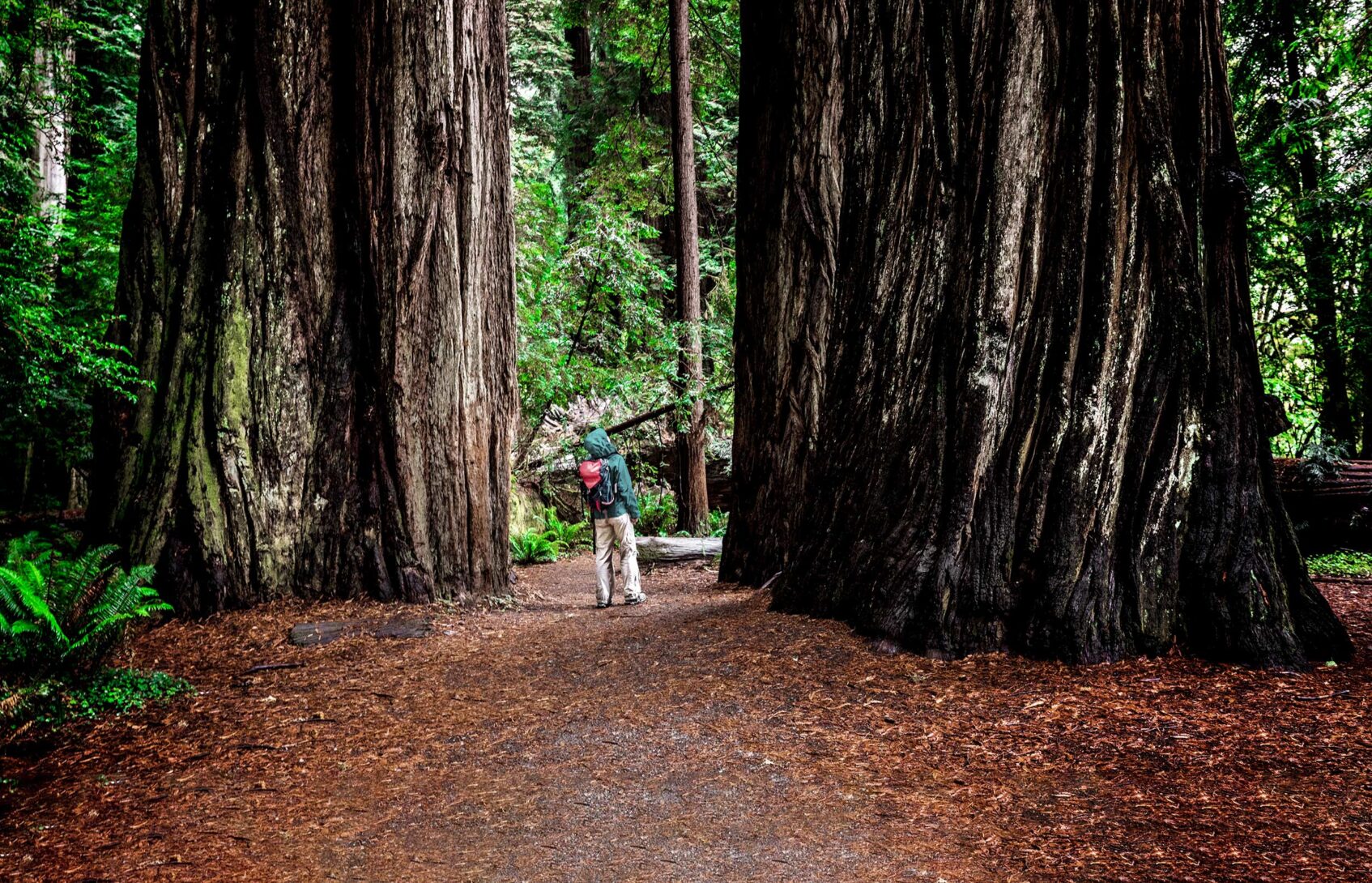Modern pilgrimages go beyond traditional religious routes, offering travelers a meaningful way to reconnect with the world.
During the pandemic, many people searched for emotional or spiritual connections. That outlook extended to travel as they ventured out when restrictions lessened. One way to feel more connected through travel? Set out on a modern pilgrimage to a special spot, whether it’s a religious landmark, a historic site, or a site that has special meaning to you. Your trip could be short or stretch over days or weeks and generally involves walking. The point is to focus on what or who has meaning to you and to enjoy the journey.
Your pilgrimage could count you among the 25,000 travelers each year who make the four-day journey along the Inca Trail to awe-inspiring Machu Picchu. Or you even could be inspired to travel routes by movies or television shows you watched with family or friends — such as visiting New England sites portrayed in the TV series Gilmore Girls.
Ready to start planning a pilgrimage of your own? These four considerations can help improve your trip.
Choose your destination carefully
Traditional routes can be meaningful because of their long history. For example, the Camino de Santiago — one of the great pilgrimages of Christendom dating back to the ninth century — winds in multiple routes through the countryside of France, Spain, and Portugal, with hotels, restaurants, and guides catering to pilgrims of all kinds along the path. Travelers of the Camino often speak of the signature wines at every stop on the trail, which are aged and bottled under the eyes of local winemakers.

But don’t feel tied to historic locations or planned routes; you can chart out your own itinerary based on what is meaningful to you. Maybe consider creating a route through the towns where your ancestors lived or driving the Pacific Coast Highway with stops in redwood forests and along the rocky terrain of Big Sur.
Plan your journey
Consider how many days you’d like to travel and where you’d like to stay during your pilgrimage. It can be helpful to work with a tour company for these arrangements; their knowledge of interesting places to stay and visit along the way can help you create the experience you want.
If you decide to create your own plans, consider booking your accommodations at least five months in advance. The unique dining, lodging, and cultural experiences along each path can sell out fast. If you’re planning to drive, fly, or take a train between any of your destinations, make sure to leave time for reaching the rental car facility, airport, or train station.
Many adventurers taking the Pilgrims’ Way from Winchester to Canterbury in England travel via foot, train, and rental car. The journey takes you through the English countryside, complete with English breakfasts, castle tours, and (if you choose) a stop at the Cliffs of Dover. While this trek can be a magnificent way to see the United Kingdom, popular locations along the route may fill up quickly. Without proper planning, these setbacks could lead to delays and missed stops along your path.
Break in your gear
A pilgrimage can be physically challenging, with more strenuous paths on traditional routes requiring you to walk up to 10 miles each day. With that in mind, your pilgrimage might require some training beforehand. Be sure to research the demands of your trail and bring the right gear for the climate. You’ll also want to break in your gear well in advance.

Even slower-paced journeys, such as the Nakasendo made by rail and foot between Kyoto and Tokyo, may require training to properly prepare for the more arduous sections of the trail. Look online to learn what kind of gear and training you’ll need for your particular journey.
Be open
A pilgrimage is a unique form of travel in that it’s about the journey, not the destination. Be open to the experiences that find you along your way. Since many traditional pilgrimages require weeks to complete, you’ll likely become familiar with other pilgrims as the days go by. Countless people have had experiences beyond their original intentions and made lifelong friends, met their spouses, or found travel companions through the people they’ve met on pilgrimage.


